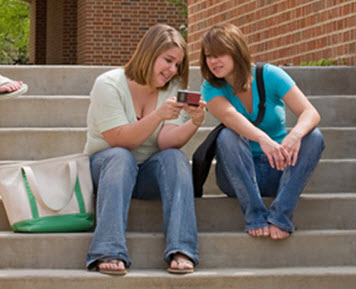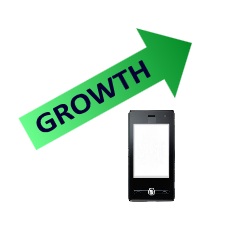 Though the technology is becoming quite popular as a teaching tool, many wonder if it will continue.
Though the technology is becoming quite popular as a teaching tool, many wonder if it will continue.
Colleges and universities are both beginning to take a look at augmented reality as they discover its potential as a teaching tool, but many wonder whether it is simply a gimmick that will temporarily catch the attention of students, or whether it is a trend that will continue to develop over time.
With the high penetration of smartphone and tablets among college-age students, the technology holds potential.
The latest estimates have said that among students who are between the ages of 16 and 24 years old, 71 percent currently have smartphones. This means that nearly three out of every four students already has the technology that would be required to be able to take advantage of augmented reality learning tools if they were being offered by their schools. It is, however, the professors and the teachers who are slow to embrace the technology as a part of their lessons and lectures.
Only a few trailblazers have worked augmented reality into their classrooms as a teaching tool.
This is leading many to wonder whether a considerable opportunity to help to build significant workplace skills is currently being overlooked. Augmented reality could potentially provide more engaging and interactive lessons that would allow students to develop their skills for facing the real world.
AR technology gives people the ability to add a digital element to print materials, objects, and geographic locations. A smartphone or a tablet are all that is required to use an applicable app and scan the object to which the digital content has been applied.
The University of Manchester presented a considerable and successful example of the use of augmented reality as a learning tool, through its Scarlett Project. This program gave student device users the ability to access rare manuscripts and books in their digital versions through AR technology.
Similarly, City University London also used a number of mobile friendly techniques, for their Creating Augmented Reality in Education (CARE) project for students in the healthcare program, which provided them – among other things – with a number of enhanced “health walks” that combined AR and GPS technologies.

 There are many drivers that are sending this channel right to the brink of its fastest increase yet.
There are many drivers that are sending this channel right to the brink of its fastest increase yet.